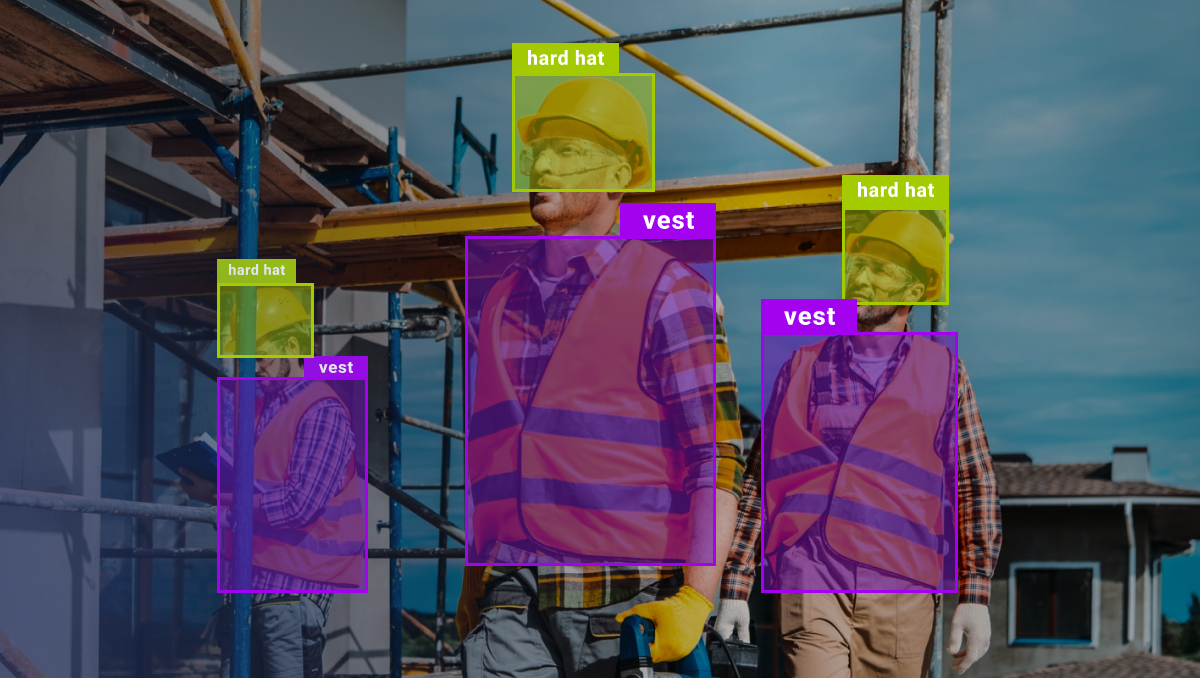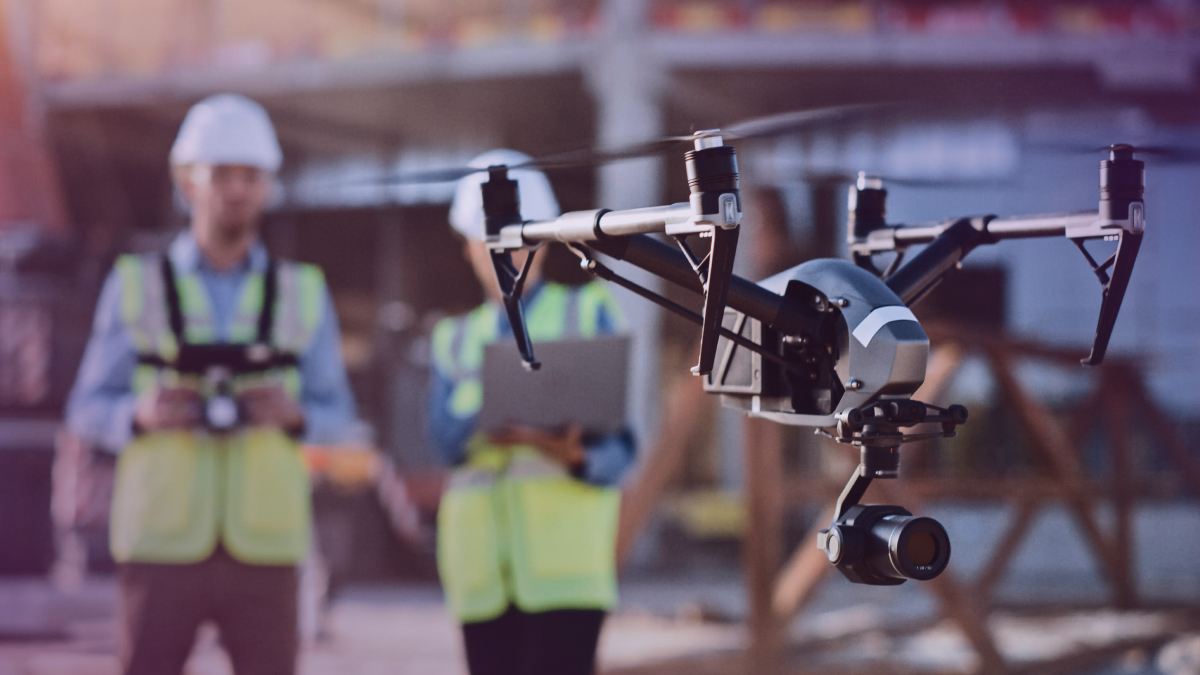AI Increases Productivity and Safety at Construction Sites
The construction vertical is one of the main areas that stand to benefit from AI. It is currently dealing with rising costs of raw materials, labor costs, and machinery while still being able to manage complex challenges around productivity, efficiency, and safety. AI can help a lot of businesses solve these problems. The question is, how can companies in the construction industry take advantage of AI?
In this article, we will take a look at some of the ways construction companies can take advantage of AI and the data annotation that is necessary to train AI technology.
Improving Worker Safety

The safety of everybody on the construction site is of critical concern, and its importance will only increase due to the growing complexity of project challenges. Having said this, traditional safety measures are no longer sufficient to keep workers and property safe in today’s increasingly tech-savvy world. This is why construction safety must evolve to meet current needs by taking advantage of the latest advances in AI.
Companies can leverage AI by using it to spot risks faster and identify potential safety hazards before they snowball into big problems. This will allow companies to make more informed decisions about how best to resolve any problem that arises during the process.
Increasing Worker Productivity
Getting the construction project completed on time and on budget requires a lot of careful coordination of various operations that produce a mass quantity of data. Handling project data and coordinating responsibilities like scheduling, budgeting, resource management, and project reporting necessitates the attention of many different staff members. Process automation via AI allows businesses to produce accurate, real-time data and optimize critical operations.
There are companies that are starting to offer self-driving construction machinery to perform repetitive tasks more efficiently than their human counterparts, such as pouring concrete, bricklaying, welding, and demolition. Excavation and prep work is being performed by autonomous or semi-autonomous bulldozers, which can prepare a job site with the help of a human programmer to exact specifications. This frees up human workers for the construction work itself and reduces the overall time required to complete the project. Project managers can also track job site work in real-time. They use facial recognition, onsite cameras, and similar technologies to assess worker productivity and conformance to procedures.
Monitoring the Pace of Construction

Managing construction projects is a challenging job. And it’s not made any easier today with increasingly shorter deadlines and growing pressure to wrap up projects better and quicker than ever before! Companies have developed innovative 3D systems that digitally recognize progress on construction sites. This provides construction managers with new opportunities to monitor and increase efficiency while also making day-to-day operations on the construction site easier.
The AI-powered computer vision cameras recognize physical objects and people and identify their location, providing construction managers and foremen with additional insights. The position of people and physical objects is also determined by the 3D computer vision system. This enables construction progress, processes, and procedures to be monitored and recorded almost in real-time, which allows you to respond to situations rapidly when needed. Furthermore, you can use the tool to analyze and optimize completed processes for future projects.
What Types of Data Annotation are Necessary to Create AI in Construction Technology?
One of the main types of AI used in the construction industry is computer vision. Thanks to this technology, AI drones and cameras are able to detect and classify various objects on the construction site. The data annotation required to train computer vision systems ranges from simple tagging and 2D bounding boxes to more complex types such as semantic segmentation. Associate every pixel of an image with a class label, such as a person, flower, car, and so on. It treats multiple objects of the same class as a single entity.
Since the training dataset will likely include images or videos or very complex scenes, instance segmentation will also likely be necessary. Instance Segmentation is the technique of detecting, segmenting, and classifying every individual object in an image. Bounding boxes are generated for each instance of multiple categories present along with the object segmentation masks. It treats multiple objects of the same class as distinct instances.
Trust Mindy Support With All of Your Data Annotation Needs
Mindy Support is a global data annotation provider and a trusted partner of Fortune 500 and GAFAM companies. With more than ten years of experience under our belt and offices and representatives in Cyprus, Poland, Romania, Bulgaria, India, OAE, and Ukraine, Mindy Support’s team now stands strong with 2000+ professionals helping companies with their most advanced data annotation challenges.




